Recent job postings tell the story: those who with a variety of skills will be rewarded.
This new type of multi-skilled professional is called a ‘hybrid employee’; the Prius of Professionals.
A recent story by Alan Gionet of KCNC Channel 4 discussed the trend of hybrid employees. Click here to read this story.
For many, this may seem like an alarming trend and goes against much advice they may have received to focus on their core strengths. In fact, your primary expertise is what will get you hired, but many employers are looking for the value-add of applicants who can demonstrate various skills. For most employers, they realize that there is only so much they can expect from one employee, but in a recession-worn economy, companies are looking for professionals who offer efficiencies by offering a multitude of skills.
For example a recent job posting on Andrew Hudson’s Jobs List asked for a marketing professional who, in addition to their experience as a mid-level marketer in the hospitality industry, was also asking applicants to demonstrate their skills in photography and graphic design. Another posting for a senior level public relations account manager needed to demonstrate skills in social media management, as well as experience in advertising and graphics.
For job seekers, the task is to interpret the job posting and determine what, in addition to your primary skills, do you have to offer and how are those secondary skills applicable to the job you are applying? For example, if your main level of expertise is in human resources but you have skills in project management, supervision, trade show oversight or budget management, highlight your accomplishments in those areas. If you are applying for a job as graphic designer and you have experience working with marketing and pr departments on the development of creative campaigns, make sure you let your future employer know that you’ve been cross-trained to understand the needs of other departments.
Often, job seekers have a very singular and focused perception of themselves, but when you start to think about the varied skills that were required at past positions and the different projects you worked on, it becomes relatively easy to identify your secondary skills and how those experiences at past jobs are relevant to the positions you are applying for today.








